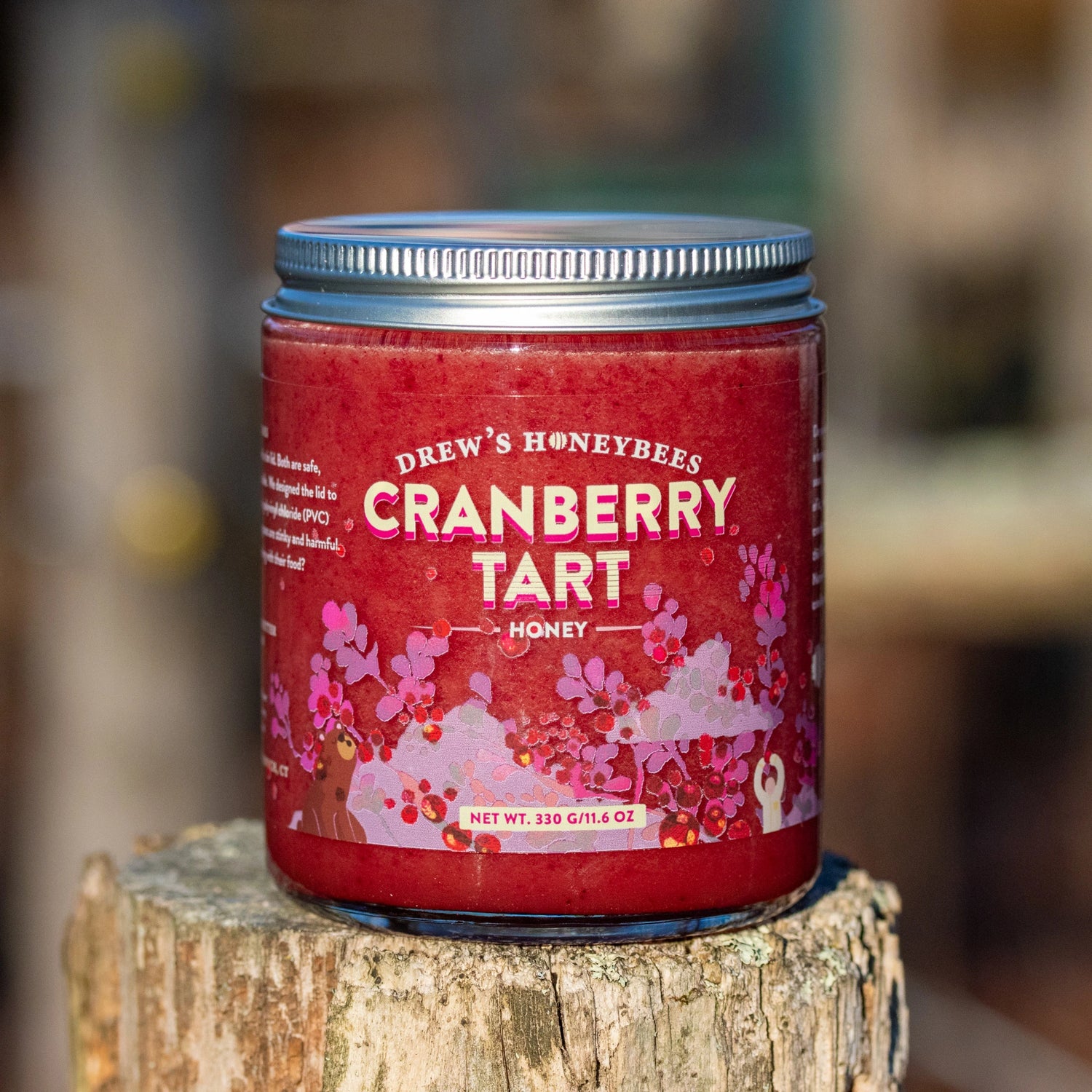Vanilla: A Curious Case
Vanilla is a delicate tropical orchid. Some farmers take great care to grow it well.
We're blessed they do because there is nothing like real vanilla.
By Andrew Burnett - 4 Min Read
The vanilla plant is native to the lowland rainforests of southern Mexico. The indigenous Tononac people were likely the first to cultivate vanilla. Vanilla held a sacred place in Totonac religion. The goddess of agriculture, growth, and natural bounty had a daughter, Xanat. The graceful Xanat was forbidden to love; she was promised to the gods. But she fell in love with a boy. The two lovers attempted to escape a realm beyond the gods. They did not make it. The gods, roused to wrath by the Xanat’s love for a common boy, executed him. They expected Xanat’s contrition. Refusing to retreat the thousandth part of an inch, Xanat defiantly spoke of her love. The Gods, acting rather more like spurned mortals, killed Xanat too. The lovers’ blood soaked the earth. In time, at the very sites of execution, a curious vine sprouted. The vine was curiously dependent upon other creatures–trees, fungus and bees. With proper love, it sets forth a graceful white blossom.
When the idea of creamed honey with added ingredients came to mind, one ingredient was at the front of my mind–vanilla. I wanted the real deal–Vanilla planifolia. It’s just so darn delicious. And there are many misconceptions about vanilla…

People often use “vanilla” to mean “plain.” That’s hogwash. Vanilla is a complex cascade of sweet, nuanced spice, and yummy butter. Chefs have delighted in this flavor for centuries, adding complexity to tasty goods such as desserts, coffees, and milk. In the U.S. chefs commonly use vanilla-alcohol extract, which is made by soaking cut vanilla beans in a hard alcohol, usually vodka. To my nose, this method results in an extract that smells sharper. The compounds that add the nuanced spice and butteriness may not dissolve in alcohol, so they’re not in alcohol extract.
Vanilla in consumer products is rarer than you’d think. Manufacturers use “flavor” or “natural flavor.” Both are made by chemists in a manufacturing facility. Call me a stickler, but this defies the basic meaning of “natural.” We're so used to chemist-made flavor that many people don’t know genuine vanilla. And vanilla “flavor” is simple–quantitatively. Vanilla has hundreds of aromatic compounds. Vanilla “flavor” contains fewer than a dozen. Maybe this is why vanilla “flavor” smells shaper, lacking vanilla’s heavenly musk.

When Edmond earned his freedom, he took the surname Albius, from the Latin alba. Alba means white, in honor of the bloom.
If Drew’s Honeybees is gonna do vanilla we’re only gonna do it well. That begins with farming…
The best farmers are different. Let’s be really precise as to what I mean when I say “best farmers”–people who work within, not riot against, natural systems. They value natural systems enough to do the difficult, investigative, backbreaking, thankless, time-consuming labor of realizing healthier soils and species diversity. They simply care a great deal. Sometimes people do things–even commercial things–not because they are immediately profitable, but because they are good. It is a matter of self, a matter of moral mettle. The best farmers begin with the premise they have no right to degrade land they are privileged to cultivate for a time. They owe it to future generations, justice, and their peace of mind to realize better.

And vanilla is a special case within better farming. Vanilla is a delicate tropical orchid. It grows attached to trees in jungles, often in the joints of branches. Vanilla is delicate; it requires partial sun and high humidity to flourish. It is well suited to growing within other tropical species like banana, mango or cacao–chocolate. Yup! They are not only a culinary pairing; they are an agricultural pair too.
Most vanilla cultivation occurs outside of Mexico–the native range of vanilla. In Mexico, several species of Melipona bee are the sole pollinators of vanilla. The bees that pollinate vanilla only live in Mexico. Outside of Mexico each blossom must be hand pollinated. The movement is very precise but, once learned, is efficient. If all goes well, yields are small and each bean must be precisely cured before it is recognizably vanilla.

This adds up to a pricey crop. But it’s like no other. We looked to good farming to point us to the best.
We created Vanilla Cream knowing it was really tasty, but we looked to you to shine a light on its culinary potential. Customers do us a kindness with stories of their sundaes, coffee, desserts and delectable spoonfuls. One customer proposed an easy use–a Vanilla Cream-peanut butter sandwich. I’m no chef, but I can confirm; it’s amazing.

Check it out! Click here to try our vanilla cream honey!
